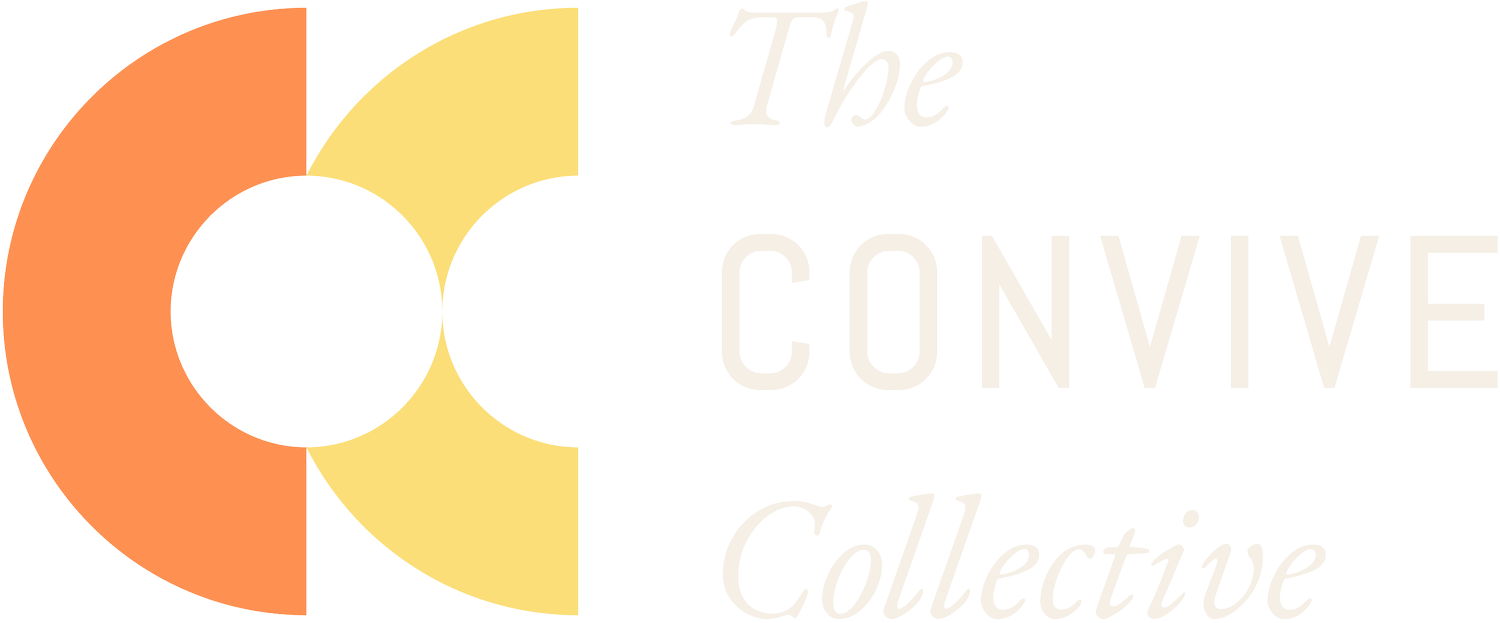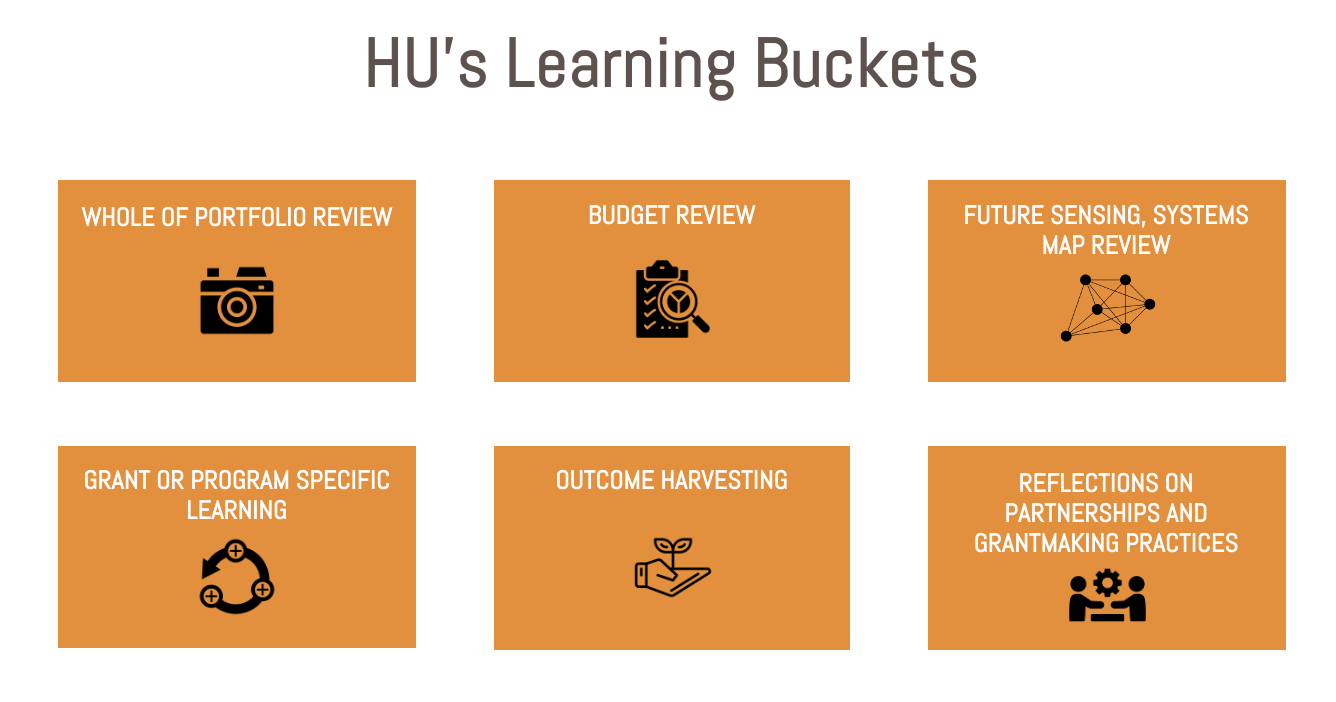Case Study
Humanity United
How can we bring clarity and structure to Humanity United’s Peacebuilding Team’s collective learning practice?
The Need
Humanity United is an Omidyar Network philanthropy that is known for its trusting and partner-first practices.
They reached out to us in search of an embedded learning and strategy partner for their growing peacebuilding portfolio. They wanted to clearly visualize their grantmaking data, build a participatory and transparent decision-making process around it, and embed collective learning and reflection practices into their culture as a team.
The Peacebuilding team is exemplary in their accompaniment practice, a cornerstone of trust-based philanthropy and trust-based learning. They were looking for learning and strategy support that not only aligned with their values, but would be designed around the core accompaniment principles that guide their work.
That’s where we came in.
What We Did
We worked with Humanity United to tailor the perfect Convive support to accompany them at this pivotal moment of learning and transformation. In addition, we were thrilled to partner with a long-time collaborator at Pivot Data Design to provide custom support to HU.
We began by listening deeply to various team members across the team about their challenges with collective learning. From grantmaking operations to network management, we engaged the team as they shared their core challenge: zooming out and seeing how all of the pieces connected on learning and strategy.
As we gained more clarity, we created visual learning architectures to convey how all of the pieces fit together on learning. We started with creating learning components which brought structure and clarity to our initial activities together. We worked in concert with key learning champions within the PB HU team to ensure this support from Convive was embedded into the organization’s way of working.
For evidence-informed decision-making to really happen, key moments of learning must be facilitated at the right time. So we did a decision-making inventory process with the team to map out their most important collective decision-making moments. These were decision-making moments and processes that needed their collective wisdom to inform. We created a learning loops visual timeline to convey how the data and learning across the years enables increased understanding, visibility and improved decision-making.
We then organized all of our work into a learning plan that would guide the team’s work throughout the year. The learning plan was based on a learning iceberg framework, tailored to the particular context of the HU team. It outlined a work plan for how all of the learning pieces would come together to support the team’s already rich reflective practices.
In the same way that HU accompanies their partners, we accompanied them in bringing their learning into their strategy development process. We are proud of the ways in which we’ve supported this partner-led strategy process, rooted in collective learning.
Benefits & Outcomes
Bringing clarity and structure to your existing learning work can feel overwhelming at first. If you’re an evaluator or learning professional, the sense of overwhelm and confusion that can come from multiple levels of learning, types of data, learning tools, and processes likely won’t be unfamiliar to you. We learned, together with HU, about the value of bringing clarity and structure to this overwhelm through the powerful combination of deep listening, learning expertise, and putting pen to paper.
-
Sometimes it’s hard to know what you are good at, and we love celebrating and acknowledging our clients’ gifts - big and small. Accompaniment is one of HU’s philanthropic gifts. And we’ve seen that the process of looking inward and finding things to appreciate is a generative practice. Once you start doing it, it’s hard to stop. Even better, we’ve seen the culture of HU evolve to be even more safe, celebratory and collaborative.
-
Accompanying partners also means being a flexible and exceptional grantmaker. And making transparent and learning-enabled grants is a critical component of exceptional grantmaking. Through the work we did together to create tools and processes for collecting, visualizing and discussing budget data with Pivot Data Design, paired with a flexible and clear learning plan, HU as an organization continues to make budgetary decisions from a place of transparency and learning. And that’s what we mean when they say they walk the talk on being an exceptional accompanier: they walk the talk they share with their partners.
-
When we first began our work with HU, learning agendas were a newer concept. Through strategically organizing with the PB team and working with the HU central learning team, now, each team across the organization has a learning agenda. And even more, the teams are encouraged to think creatively about different ways of learning and knowing, including time for reflection in nature, learning through stories, and multi-sensory learning experiences.
Related Case Studies
Explore more of our work with similar organizations.









